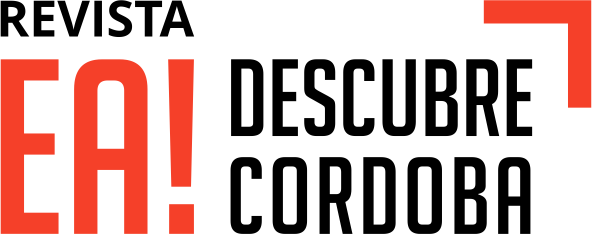Museo Arqueológico

Uno de los destinos culturales más destacados de la ciudad, se encuentra ubicado en el corazón del casco antiguo, en pleno centro histórico. Con una rica historia y una impresionante colección de objetos antiguos, un verdadero tesoro para los amantes de la arqueología y la historia.
El edificio que alberga el museo es en sí mismo una joya arquitectónica. Se trata del Palacio de los Páez de Castillejo, una mansión renacentista construida en el siglo XVI. La fachada del edificio está adornada con detalles ornamentales y escudos heráldicos, reflejando el esplendor de la época en la que fue construido.
Este edificio ha tenido múltiples usos a lo largo de su historia. Además de ser un palacio renacentista, también funcionó como cuartel militar y como sede del Gobierno Civil en el siglo XIX. Fue en 1867 cuando se estableció oficialmente como museo, convirtiéndose así en uno de los primeros museos arqueológicos de España.



El Museo Arqueológico de Córdoba ofrece a sus visitantes un fascinante viaje a través del tiempo, desde la Prehistoria hasta la época romana y medieval. La exposición permanente está distribuida en varias salas temáticas, que abarcan diferentes períodos históricos y culturas que han dejado su huella en la región.
Una de las secciones más destacadas del museo es la dedicada a la cultura romana, incluyendo: esculturas, cerámicas, mosaicos y monedas. Los visitantes pueden admirar la belleza y la calidad artística de estas piezas, al tiempo que aprenden sobre la vida en la antigua Corduba.
Otra sección interesante es la dedicada a la cultura ibérica, que muestra una colección de objetos pertenecientes a los antiguos pobladores de la región. Aquí se pueden apreciar objetos de cerámica, armas y joyas ibéricas, que ofrecen una visión fascinante de esta cultura pre-romana.
El museo también cuenta con una sala dedicada a la época medieval que refleja la riqueza cultural y artística de la Córdoba islámica. La ciudad fue un importante centro durante el periodo de Al-Andalus, y esta sección permite a los visitantes explorar la influencia musulmana en la región a través de azulejos, cerámicas y elementos arquitectónicos.

El Museo Arqueológico de Córdoba ha sido escenario de importantes descubrimientos arqueológicos. Durante excavaciones realizadas en el casco antiguo de la ciudad, se descubrieron los restos de un anfiteatro romano, el cual fue posteriormente integrado al museo como parte de su visita. Esta incorporación brinda a los visitantes la oportunidad de explorar los vestigios de la antigua Corduba romana y comprender mejor su importancia histórica y cultural.
Además de la exposición permanente, el Museo Arqueológico de Córdoba organiza regularmente exposiciones temporales que abordan temas específicos relacionados con la arqueología y la historia. Estas exposiciones brindan la oportunidad de explorar aspectos más detallados y especializados de la historia de Córdoba y sus alrededores.
Un lugar imprescindible para aquellos que deseen sumergirse en la rica historia cordobesa.
